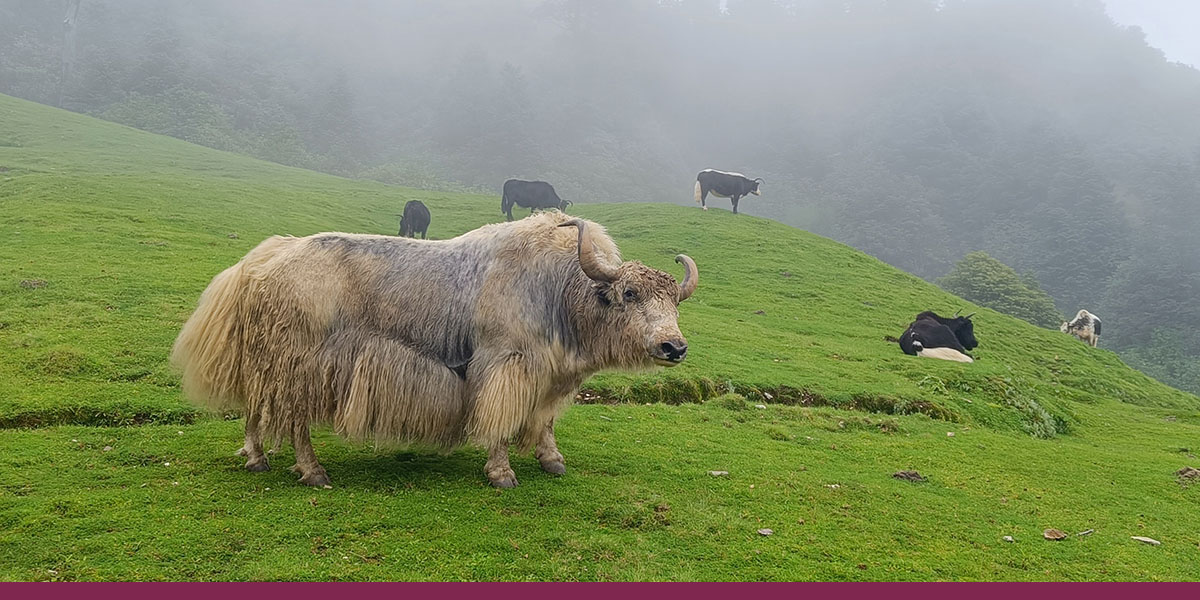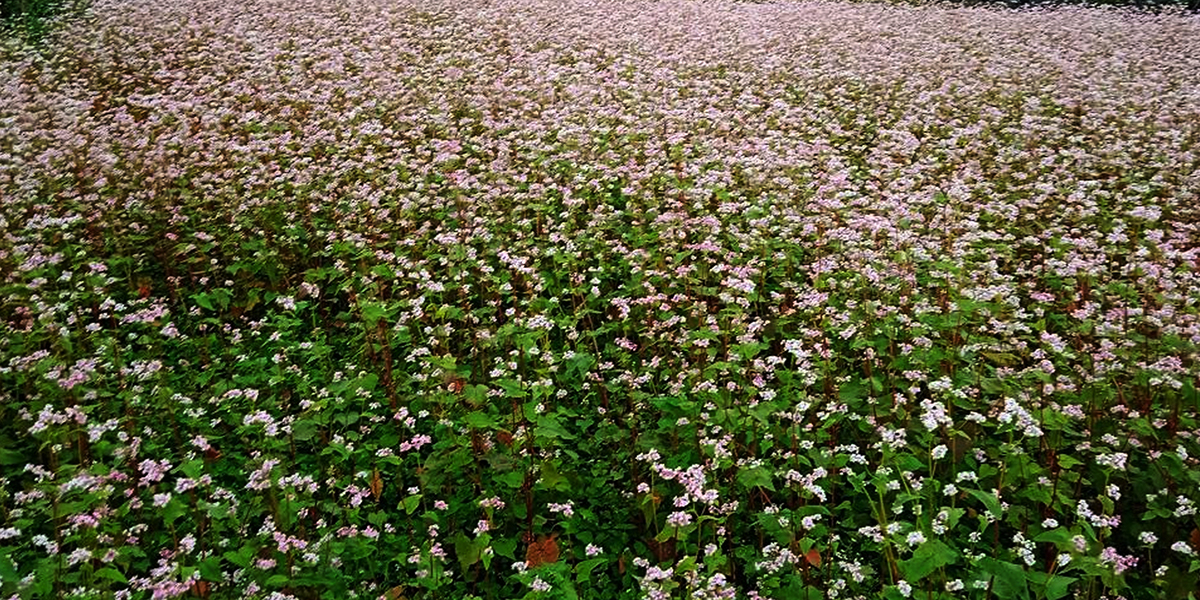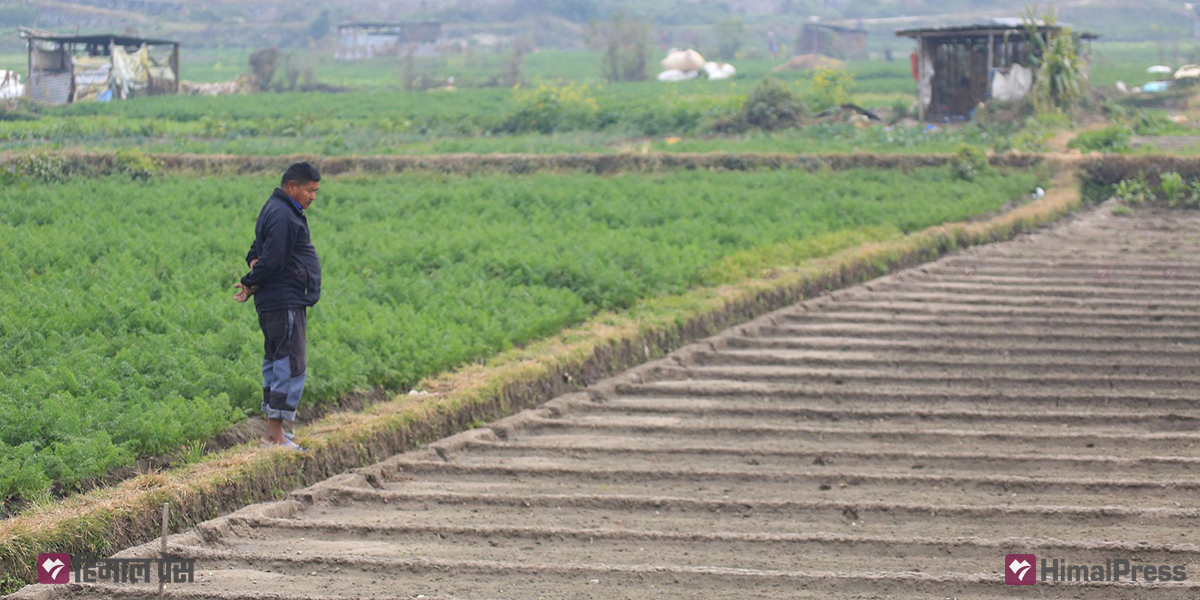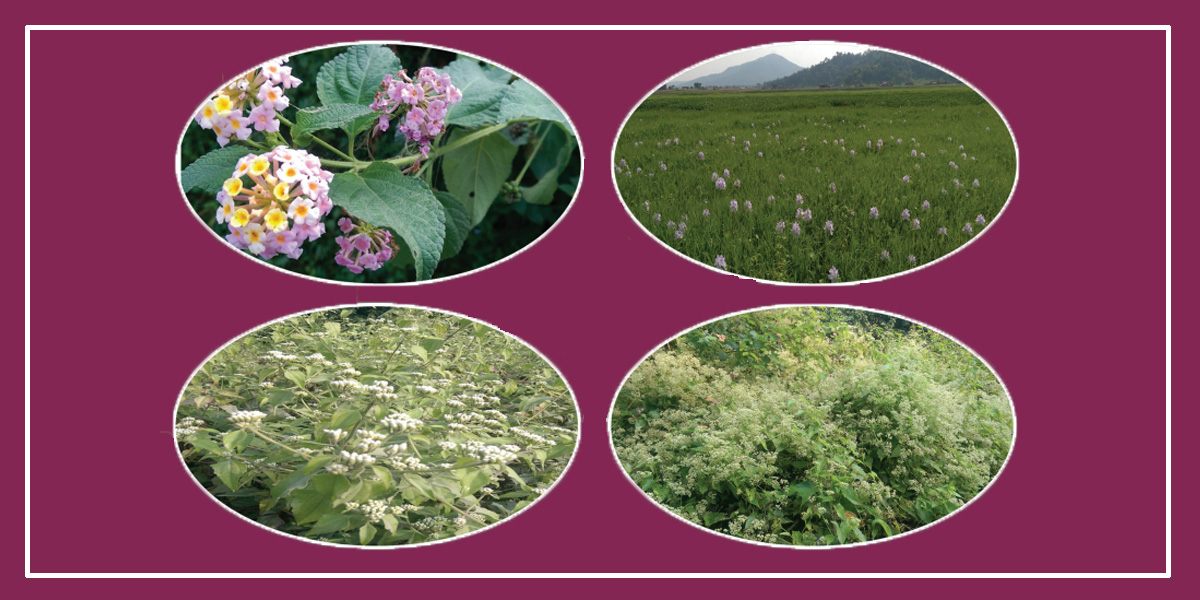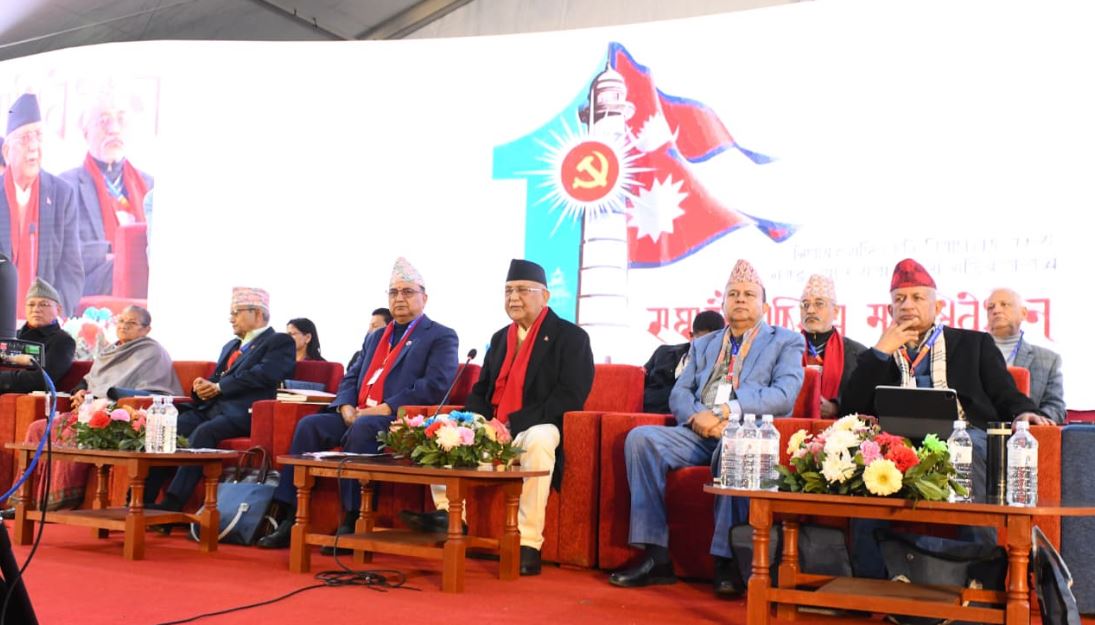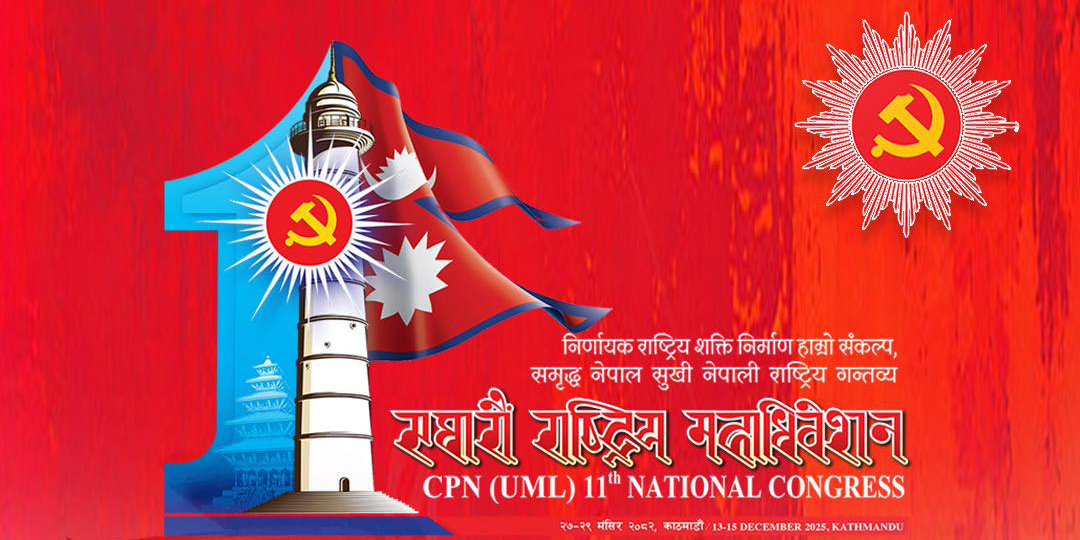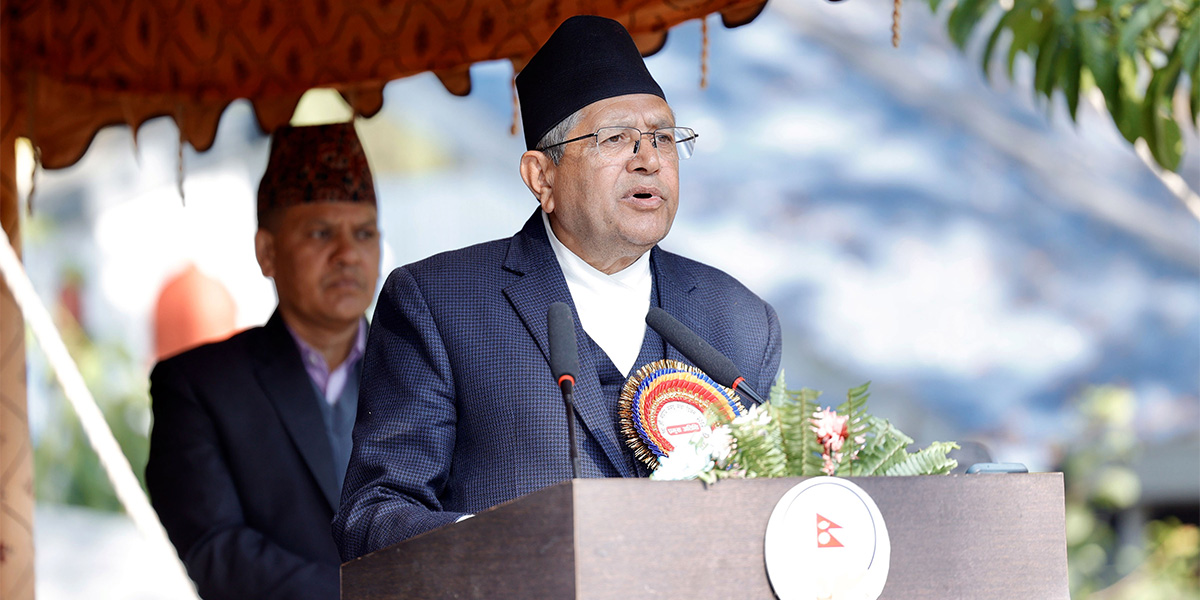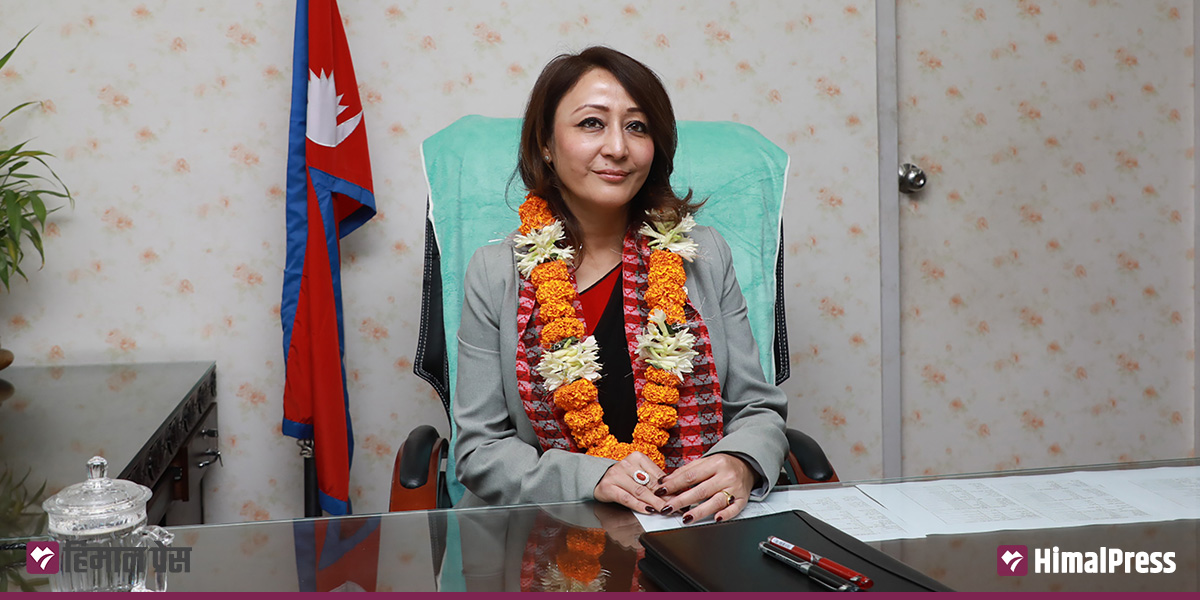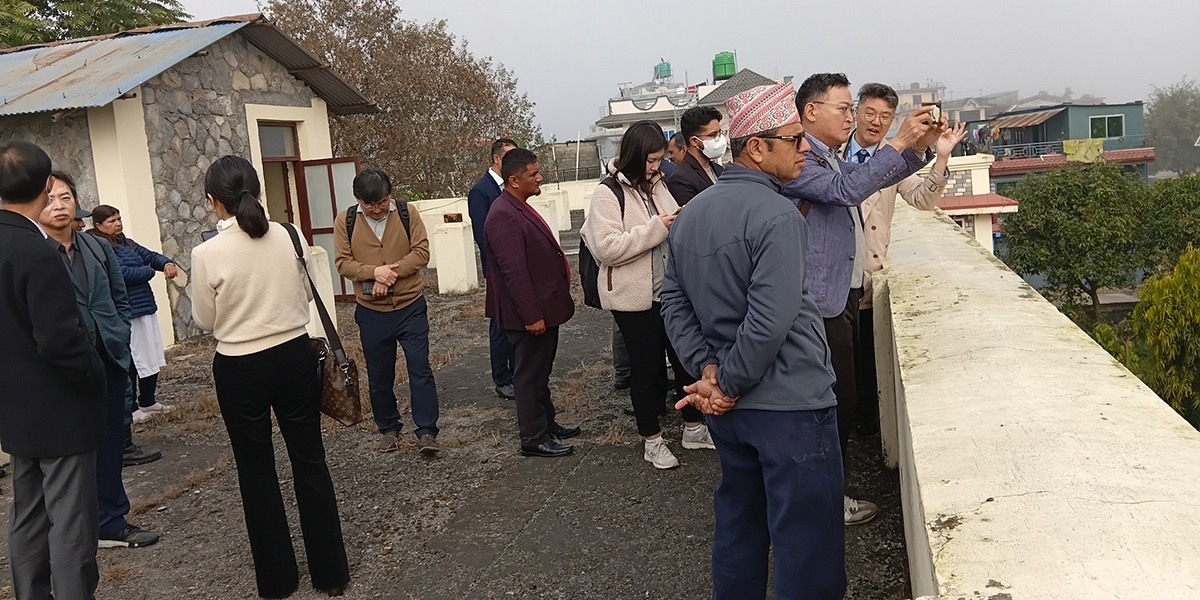
KATHMANDU: Nepal has witnessed a consistent decline in both sugarcane production and cultivation over the past five years. This decline is attributed to a gradual reduction in plantation area.
In the fiscal year 2017/18, the ministry reported a production of 3.77 million tons of sugarcane across 75,340 hectares. The following year, 2018/19, saw a decrease with 3.55 million tons harvested from 71,625 hectares. Similarly, in 2019/20, sugarcane was cultivated in over 68,500 hectares, yielding a total of 3.46 million tons. The trend continued in 2020/21, with cultivation on 64,354 hectares and an output of 3.18 million tons. The most recent data for 2021/22 reveals cultivation on 62,567 hectares, resulting in a production of 2.89 million tons. In 2022/23, sugarcane was planted on 61,771 hectares and production stood at 3 million tons. The ministry is expected to release the data for 2023/24 in mid-February.
Sugarcane production has experienced a consistent decline in recent years as an increasing number of farmers are abandoning sugarcane cultivation. One significant factor behind this trend is the delay in mills paying farmers on time. Sugarcane farmers have resorted to protests to pressure the government to release their outstanding payments. In Sarlahi, farmers have been engaged in protests for the past week. They have been urging mills to settle their outstanding dues, while also putting pressure on the government to release subsidies announced for sugarcane farmers. They have demanded that the government fix the minimum support price of sugarcane at Rs 750 per quintal.
Farmers claim that Himalayan Sugar Mill, Malaxmi Sugar Mill, Baba Sugar Mill, and Reliance Sugar Mill collectively owe them Rs 530 million in outstanding payments.
The government has fixed the minimum support price for sugarcane at Rs 635 per kg this year. Farmers say that this amount is insufficient. Rakesh Yadav, a sugarcane farmer, said they cannot cultivate cane at the government-offered price. “The price of sugar has increased by 30%, but the price of sugarcane always remains the same. This is an injustice to farmers,” he said.
While the government had announced a subsidy of Rs 70 per quintal for farmers, farmers claim that the promised amount has not been released. Last week, the cabinet decided to promptly release Rs 520 million to fulfill the subsidy commitment to farmers. The timeline for disbursement has not been specified.
Farmers in various Tarai districts said that around 500,000 tons of sugarcane from the new harvest have already been processed by mills. Kapilmani Mainali, the chairman of the Sugarcane Producers Federation, said that farmers are reluctant to sell cane as they are still awaiting payments for sugarcane sold in the previous year. Stating that the minimum support price offered by the government cannot miss the cost of production, he urged the government to first conduct a comprehensive study on the cost of production before determining the minimum support price and subsidy.
Shabnam Shiwakoti, the spokesperson for the ministry, stated that the minimum support price has been fixed after careful consideration of market dynamics and production costs.
According to the Economic Survey for 2022/23, the government disbursed Rs 994.88 million as a subsidy for sugarcane farmers in the previous fiscal year. The government has allocated Rs 800 million for the same purpose in the current fiscal year.
Nepal’s annual sugar consumption is approximately 260,000 tons. About 35% of this is consumed by the industrial sector.


